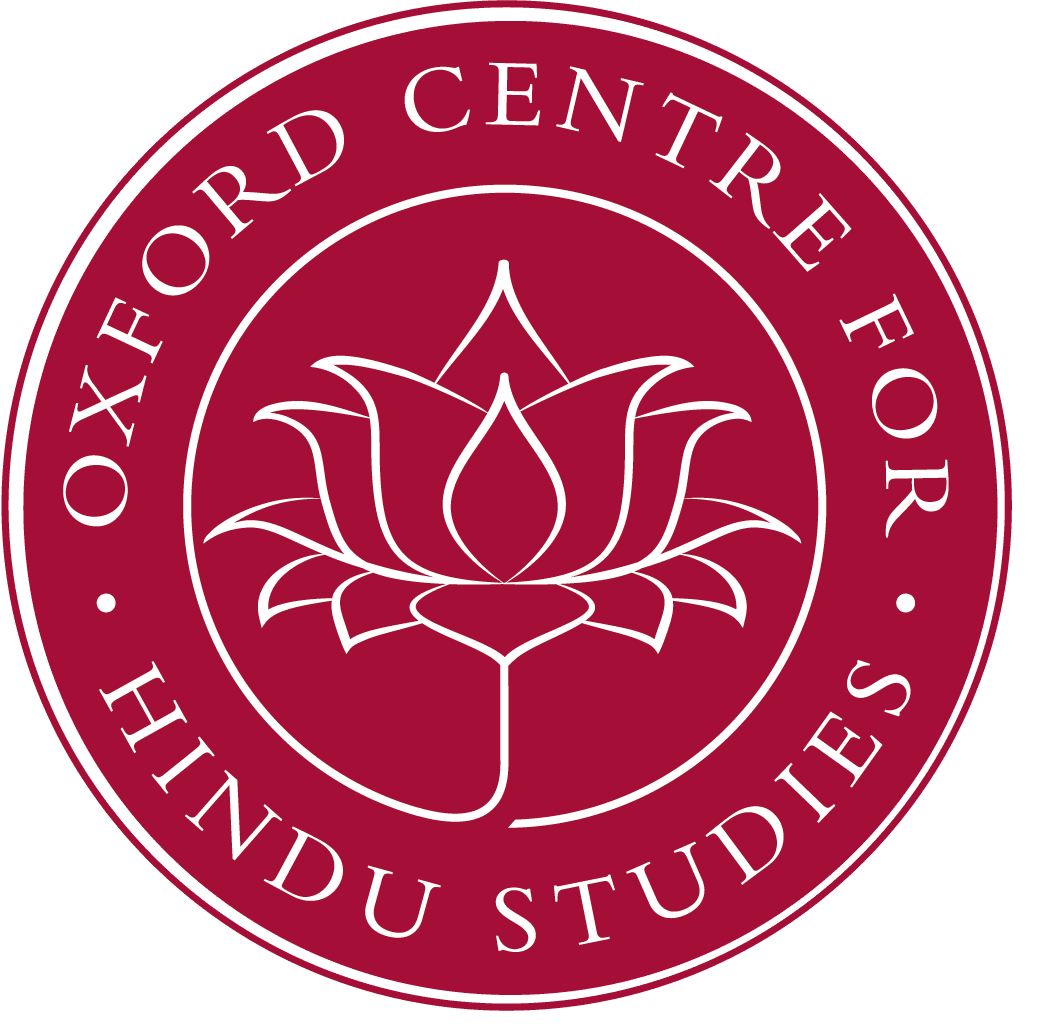The snān-yātrā is a pilgrimage celebrated once a year in the town of Salkia (Howrah district, West Bengal). Attracting thousands of pilgrims, the festival is the occasion to celebrate Śītalā as Choṭa Mā, a loving and benevolent protective mother. The yātrāemphasises devotion but is also an arena for tense performances. Phenomena of individual and collective possession (bhar) are extremely common and are viewed as a much needed proof of the auspicious presence of the goddess. But possession is also a way to claim (or challenge) power in and across specific contexts (family, jāti, gender, political circles, etc.). It is thus not unusual that many (especially women, or non-Bengali migrants) are accused to cheat, to enact fake possessions, or to be ‘mad.’ Contention also features the day after snān-yātrā, which is dedicated to Bao Mā. This form of Śītalā is radically different. Bao Mā is believed to be potentially dangerous, and is a hungry goddess. The ritual killing of animals (balidān) is the distinctive feature of her service, a performance aiming at pleasing, feeding and thanking the goddess. Regardless of its importance, balidān does not enjoy much popularity. Temple attendance is limited to locals and the sebāits of the temple are indicated by outsiders as ignorant and violent. Such views are validated on a broader scale. In contemporary Bengal practices such as possession and sacrifice are objected by intellectuals and teachers, the middle class, the media and religious authorities from all faiths. In this climate, many facets of local folklore are increasingly dismissed, diminished and ridiculed (often aggressively) as a heterogeneous bunch of backward practices and superstitions. The snān-yātrā is not just an occasion to experience local variations of Śītalā and the gentrification of the goddess. This paper, part of a larger study on Śītalā and medical folklore in North India, reflects on the meaning and destiny of vernacular culture in contemporary India.
Professor Ferrari was educated in Indology and South Asian languages and literatures (Hindi and Sanskrit) at the University of Venice (Italy) and received his PhD from the School of Oriental and African Studies (University of London) for a study on Bengali folklore. After teaching South Asian religions and Religious Studies for two years at SOAS, he joined the University of Chester in 2007. He is an active fieldworker and regularly conduct ethnographic research in India. He specialises in the study of vernacular Hinduism and folklore and is particularly interested in ritual healing and therapeutic possession; ritual theory and Marxist approaches to the study of religion.
